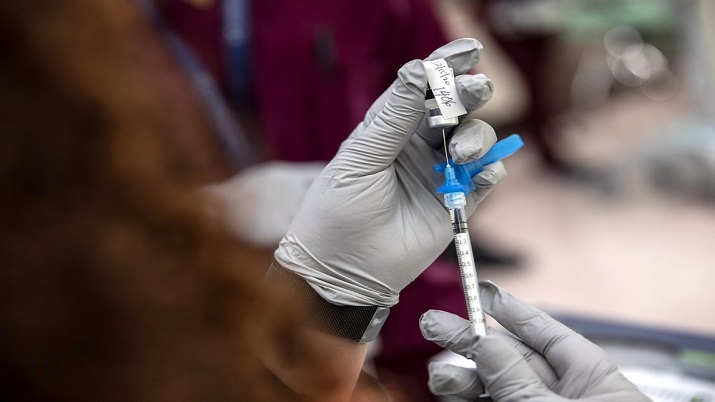
New study uncovers new details of SARS-CoV-2 interactions with human cells
Hindustan TimesA new study published in Biophysical Society, introduces new molecular models to show what parts of SARS-CoV-2 are critical for that interaction, revealing new potential drug targets for the infection. In order to infect cells, SARS-CoV-2, the virus that causes Covid-19, needs to insert itself into the membrane of human cells. A small region of the SARS-CoV-2 outer spike protein called the "fusion peptide," inserts itself into the human cell membrane to begin the fusion process. Without knowing the three-dimensional interactions between the SARS-CoV-2 fusion peptide and the cell membrane, it is not possible to design drugs that specifically disrupt that interaction. Using computer simulations, the team merged what is known about the SARS-CoV-2 fusion peptide with the established three-dimensional structures and behaviors of other coronavirus fusion peptides and simulated its interaction with a model human cell membrane.
History of this topic

Scientists develop molecule that blocks covid-19 infection
Live Mint
Large-scale drug analysis reveals potential new COVID-19 antivirals
Deccan Chronicle)
Exposure to SARS-CoV-2 Spike Protein Alone Enough to Damage Lungs: Study
News 18
Know what makes SARS-COV-2 a threat
India TV News
Scientists reveal how coronavirus could be hijacking human cells
Live Mint)
Not Just Your Lungs, Coronavirus Can Cause Brain Tissue Damage and Infect Neurons
News 18
Covid-19: Scientists develop bio decoys to lure and kill coronavirus
India TodayDiscover Related





























)




)








